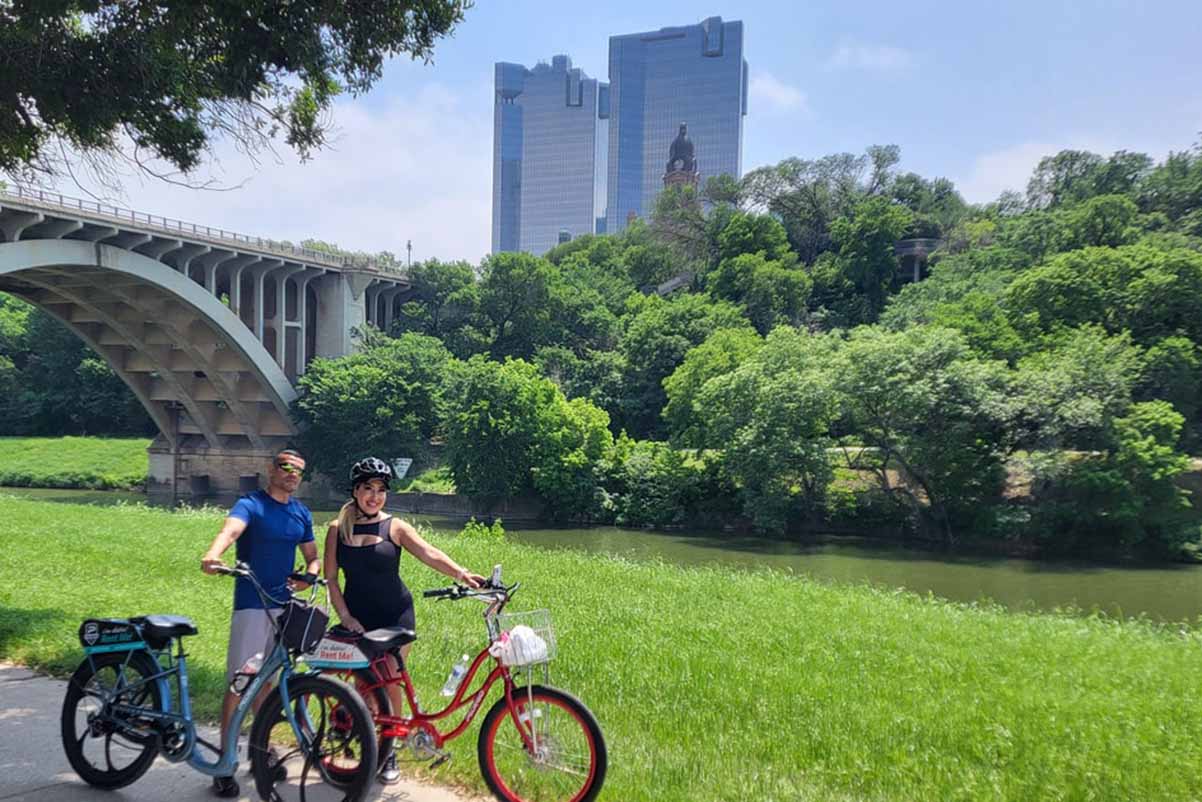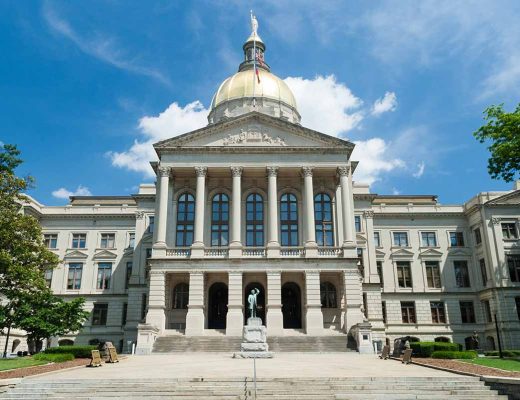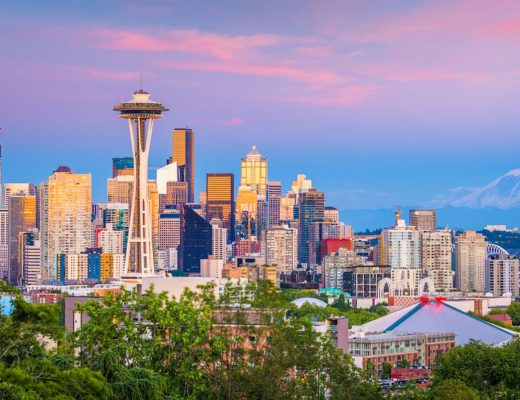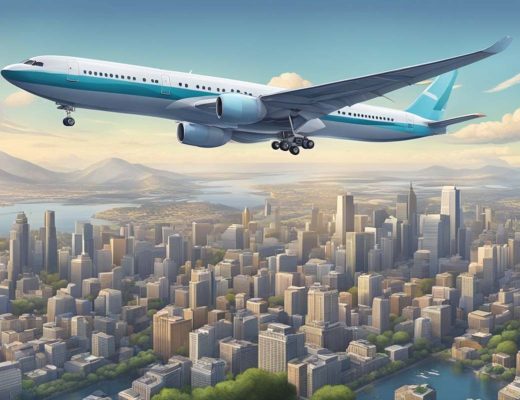August wrapped the city in warmth as I set out on my bicycle, prepared to discover Fort Worth in the most immersive way possible—on two wheels. The streets shimmered in the late-summer sun, cicadas sang from the trees, and a mild southern breeze swept through the city, brushing past centuries of history, cowboy heritage, urban sophistication, and sprawling green spaces.
1. Morning Departure: Trinity Trails as the Starting Point
There’s no better starting place for a cycling tour in Fort Worth than the Trinity Trails system. Spanning over 100 miles along the Trinity River, these trails form a labyrinthine network connecting parks, cultural districts, downtown, and historic neighborhoods.
Setting off from the Clearfork Trailhead just after sunrise, I found the early morning light slicing across the river, casting long golden reflections. The trail, paved and well-maintained, ran like a ribbon through dense groves of oak and cedar elm. Joggers and fellow cyclists shared the path, some offering a nod or wave in the casual camaraderie common among morning riders.
The coolness of the early hours was a blessing in August. Despite Texas’ reputation for scorching summers, the shade from the trees and proximity to the river offered a surprising comfort. At intervals, small access points led down to the water’s edge, where egrets and turtles could be spotted with a little patience and silence.
2. Cultural Excursion: Kimbell Art Museum and Surroundings
Branching off the trail and weaving into the Cultural District, I coasted through clean boulevards lined with sycamore trees. The Kimbell Art Museum stood ahead—a concrete and glass structure with the quiet gravitas of a temple. Designed by Louis Kahn, its architecture alone makes it worth the visit, and even with a helmet under one arm and cycling gloves still on, I was welcomed inside with Texan hospitality.
Inside, the cool air and contemplative silence made it easy to lose track of time. I lingered in front of Caravaggio’s The Cardsharps and a serene Buddha statue from 7th-century China. Outside, shaded arcades and water features provided a peaceful transition back into the warmth of the afternoon.
A short ride brought me to the Modern Art Museum of Fort Worth, where Richard Serra’s massive steel sculptures seem to rise from the ground itself. The building’s glass façade reflected the sky in fractured blues and silvers. Across the street, the Amon Carter Museum of American Art added a layer of Western tradition with works by Remington and Russell.
3. Downtown Discovery: Sundance Square and Historic Main Street
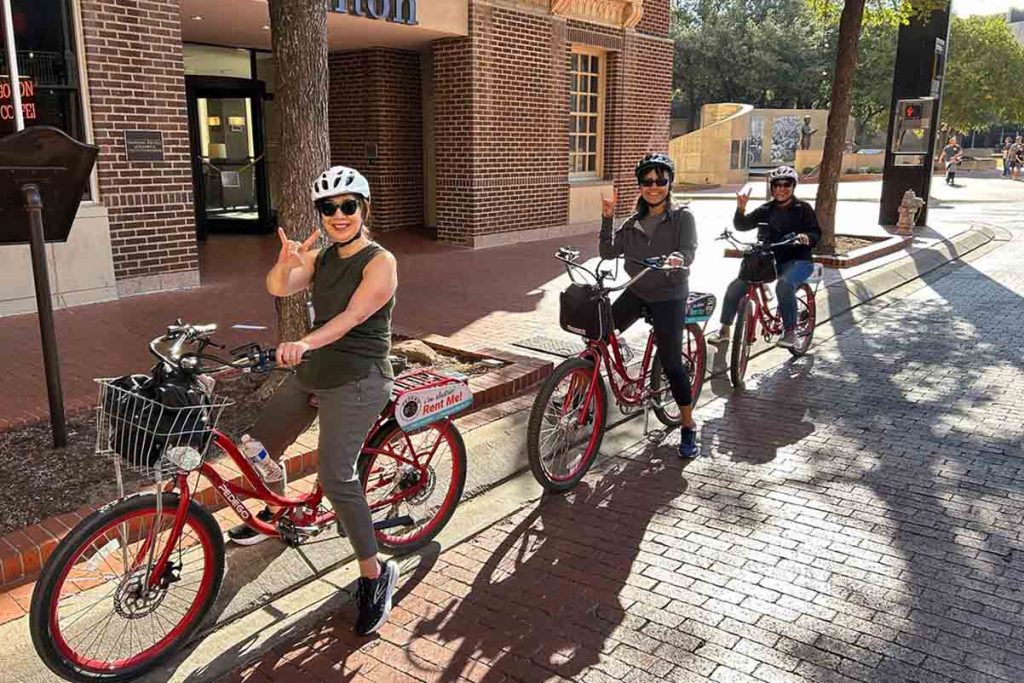
Heading downtown, the streets grew more animated. I paused briefly in Sundance Square, a 35-block area where fountains, public art, and red-brick buildings combine the elegance of urban planning with the charm of 19th-century architecture. The square bustled with energy—street musicians, open cafés, and families meandering between boutique shops.
Locking up the bike, I stepped into Reata for lunch, indulging in chicken fried steak and a cold peach tea. The rooftop provided panoramic views of downtown, and from that vantage point, the interplay of old and new became more apparent—the glass skyscrapers to the north and the iconic Tarrant County Courthouse anchoring the southern horizon.
Back on the saddle, I rolled slowly along Main Street, flanked by historic storefronts and stone façades. The bike lanes here were thoughtfully integrated, allowing for relaxed cruising while taking in the architectural detail and lively street life. The aroma of smoked meats drifted from BBQ joints, and antique shops offered occasional visual distractions.
4. Heritage and Horses: Stockyards National Historic District
The ride north toward the Stockyards was slightly more demanding, with gentle inclines and an increase in vehicle traffic. Once inside the district, cobblestone streets and rustic signage signaled the shift from modern to historic. The Stockyards are quintessential Fort Worth—a celebration of the city’s cowboy roots and cattle-driving legacy.
I timed the arrival perfectly, just in time for the 11:30 a.m. cattle drive. Longhorns paraded through the street, guided by real cowhands in full regalia. The scene, though partly theatrical, resonated deeply with the land’s past. Horses clomped past, their riders nodding to the crowd, while children marveled from behind wooden barriers.
Nearby, the Stockyards Museum offered a deeper dive into local history, and the Texas Cowboy Hall of Fame honored legends of rodeo and ranch life. Bikes are best walked here, as the narrow walkways and clusters of tourists make riding impractical.
Lunch at Joe T. Garcia’s was a worthy detour—massive courtyards, endless trays of enchiladas, and iced margaritas under the shade of massive oak trees.
5. Nature Interlude: Fort Worth Nature Center & Refuge
The afternoon heat warranted a shift toward nature. A longer ride northwest brought me to the Fort Worth Nature Center & Refuge, where over 3,600 acres of forests, wetlands, and prairies offered respite from the urban tempo.
Here, the cycling path turned gravelly and raw. Wildflowers lined the trail edges, and the hum of insects filled the air. At Greer Island, I paused to watch bison grazing in the distance—majestic silhouettes against the hazy sky.
Biking along the Crosstimbers Trail, the scent of cedar and the occasional crackle of dry twigs under deer hooves created a sense of immersion. The terrain here was challenging but rewarding, demanding both focus and flexibility. Moments of solitude among the tall grass and slow-moving waters brought a new appreciation for Fort Worth’s ecological diversity.
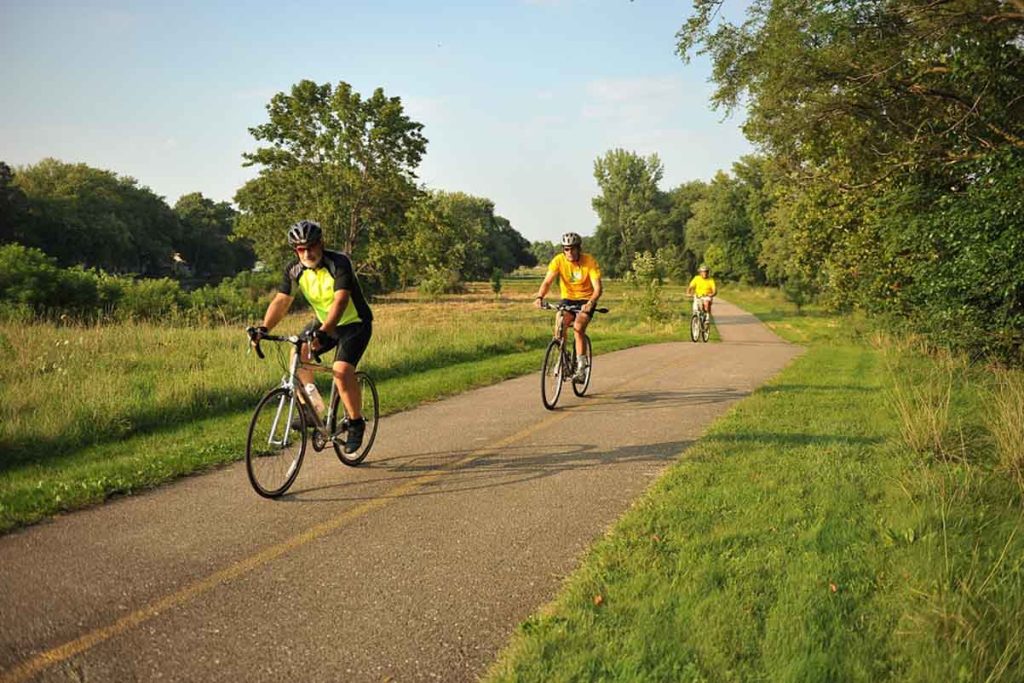
6. Campus Cruise: Texas Christian University and Nearby Trails
Returning to the heart of the city, I passed through the neighborhoods surrounding Texas Christian University. The campus itself was serene in late summer, with students slowly trickling back for the fall semester. Collegiate Gothic buildings and manicured lawns provided a scenic backdrop.
I took the time to detour through the nearby neighborhoods—Ryan Place and Tanglewood among them—where magnolia trees arched over quiet streets, and historic homes reflected the grandeur of early 20th-century Fort Worth. The trails near TCU connected seamlessly to smaller parks like Foster Park and Overton Park, offering shaded rest stops and occasional public art installations.
7. Evening Ride: Panther Island and the City Lights
As dusk approached, I steered north again toward Panther Island Pavilion. This area, built along the riverbanks, served as a hub for outdoor events and waterfront relaxation. With the sun setting behind the skyline, the temperature dropped slightly, and the light softened to amber.
Live music drifted from the stage near the pavilion. Cyclists and pedestrians mingled near the water, some setting up for outdoor movies while others launched kayaks into the river. I stopped for a cold drink at a riverside bar, watching the city lights shimmer on the surface of the water.
The final leg of the ride followed the Trinity Trails back toward the starting point. The loop felt complete—each section of the city layered with its own story, accessible and alive, yet tied together by the trails that curved like veins through the heart of Fort Worth.
8. Late-Night Pause: Magnolia Avenue
Before retiring for the night, one final detour beckoned. Magnolia Avenue, known for its food, nightlife, and eclectic spirit, offered an excellent capstone. Lights strung overhead like a constellation lit the way, and music spilled from restaurant patios into the warm night air.
I rolled slowly past Spiral Diner & Bakery, Heim Barbecue, and Brewed, all still open, still buzzing. With the bike secured, I joined the foot traffic, enjoying a final meal and dessert at Melt Ice Creams, savoring a cone of lavender honey under the streetlights.
The ride back to my hotel was slow and contemplative. The streets were quiet now, the city resting. My legs ached slightly, my back was damp with sweat, and my mind was full—not just of places seen, but of a rhythm felt, a pulse of Fort Worth that can only be heard on two wheels, moving deliberately through space and time.
